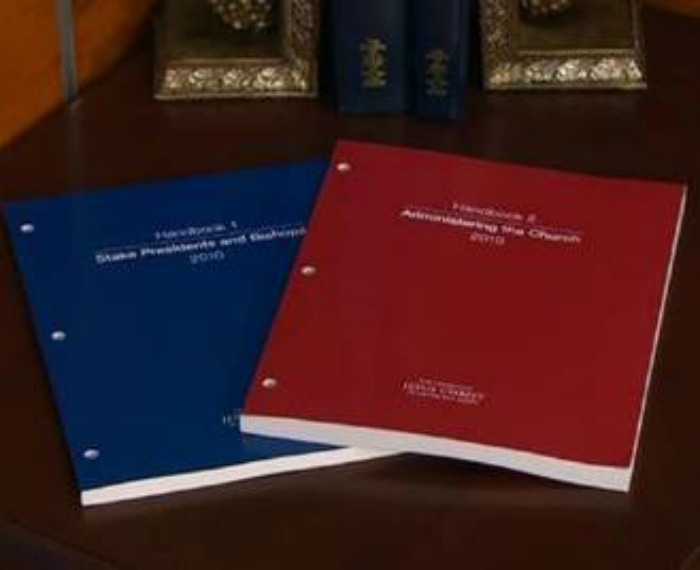Question
Hi Gramps,
Regarding your response to the woman in Idaho about honoring the monthly fast day, etc– The older General Handbook of Instructions, the older Gospel Principles book and local tradition, depending on the interpretation of the principle based on a multitude of learned ways of living in the Mormon Church, have said 24 hours for a complete fast as the fast day policy. The new Handbook of Instructions (since 1998), and the newer editions of the Gospel Principles book used in the Gospel Principles Sunday School class and in other settings say nothing about the “old” policy of fasting for a 24 hour period without food or drink. It says that two meals with fasting and prayer with the proceeds saved to be used as part of the Fast Offering, is considered a properly held fast for the monthly requirement. I know what was said in the past by the brethren in many different settings. Yet as of late, I don’t see the emphasis anymore on the 24 hour part, and I believe the latest written policies as mentioned here say the same thing…No 24 hour concept is needed to in order to follow the Lord’s principle of a full and worthy monthly fast. A living God equals a Living Church; so to me anyway. Changes are inevitable, like the 2-piece garment coming in 1978 in contrast to Joseph F. Smith’s comments about the garment and it’s physical makeup in the early 20th century. So fun all this is…The Church is restored and it’s true no matter how close some hairs may be split! Thanks.
J
Answer
Dear J,
Right you are!! You may notice over the years many changes in the operating procedures of the Church. Remember the old genealogical procedure of preparing names for the temple? Every word had to be spelled correctly, capitalization had to be exact, each record had to be reviewed by two Ward examiners? Remember the old stake conference procedures? On Sunday early morning leadership meeting, a general session in the morning, another in the afternoon, and frequently an adult meeting in the evening. Ward meeting procedures? Priesthood meeting and Sunday School in the morning and Sacrament meeting in the afternoon. The old missionary lessons? Word for word memorization. Today the missionaries are to depend on the Spirit for how they give the conclusions in the discussions. We have the block meeting concept that consumes three contiguous hours, leaving the rest of the Sabbath at the discretion of the members; the teaching curricula focuses not on procedural matters but on the scriptures and the words of the prophets; stake conferences are two times a year rather that four, and consist of one adult session Saturday night and one two-hour session on Sunday. All of these changes leave more of the responsibility in how the Sabbath will be observed in the hands of the members, to be used at their discretion. There is a gradual and general shift of responsibility for complying with the principals of the gospel from fixed procedures imposed by the Church the discretion of the individual members. As the Church strengthens, more responsibility for compliance flows down to the individual members.
The people are much, much more prepared for the coming of the Savior today than they were in each preceding generation. The young people being born today are light years ahead of the older generations in gospel understanding and scholarship, and in the power of testimony and the power to resist the precipitously increasing evil in the world. All these changes are preparing the people to unity and to faith in preparation for the coming of the Savior. In the words of Elder John Wells, in the April 1935 General Conference of the Church,
“We are living in a choice land, a land choice above all other lands, which is reserved for the people of God. As long as we keep his commandments, the Lord has said we shall prosper in this land. It is a land of freedom. Liberty and democracy still prevail. The Latter-day Saints were directed to these valleys of the mountains by living prophets of God. In vision, President Brigham Young beheld this place, and when with his natural eyes he saw the valley, he said, ‘This is the place.’ Here in these mountain valleys we have been gathered to develop the highest type of civilization the world has ever known, in preparation for the coming of the Savior.”
Gramps







